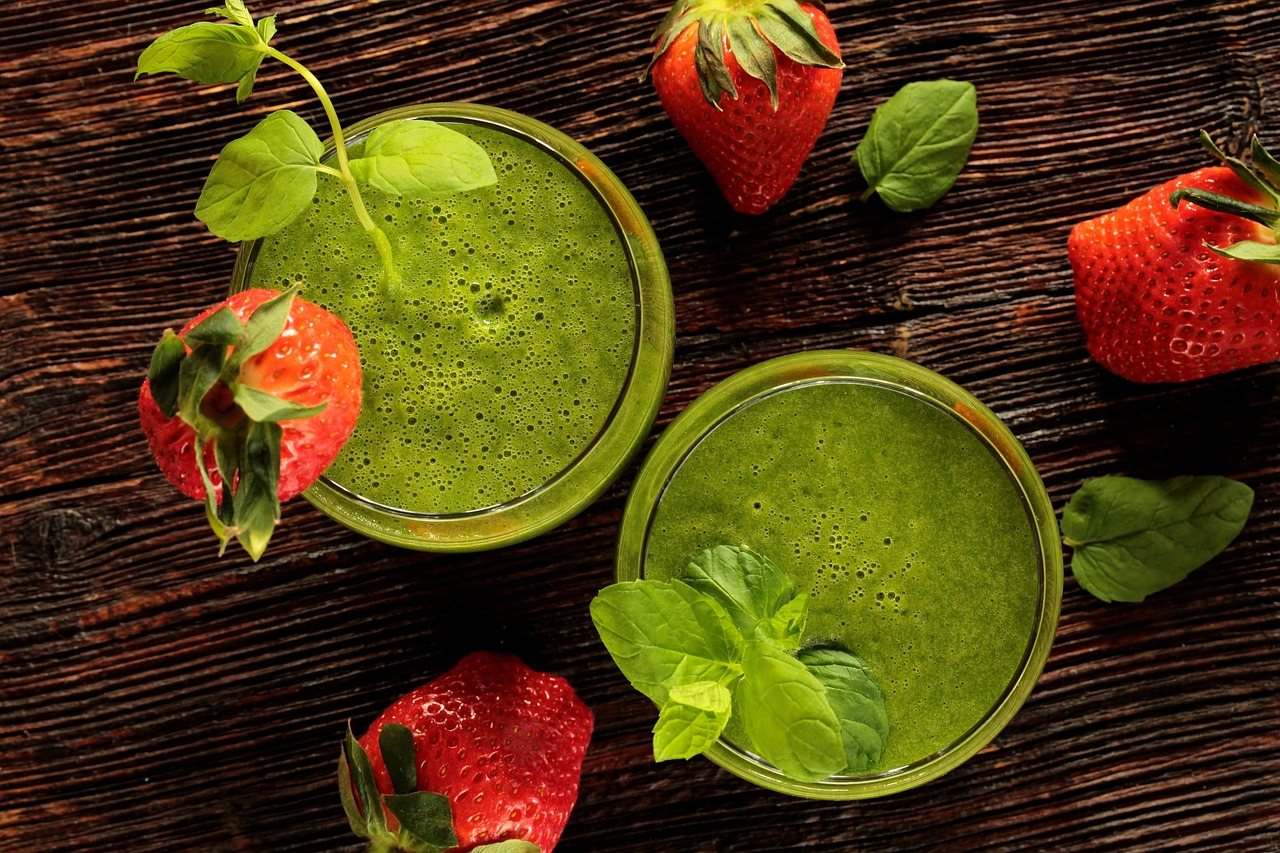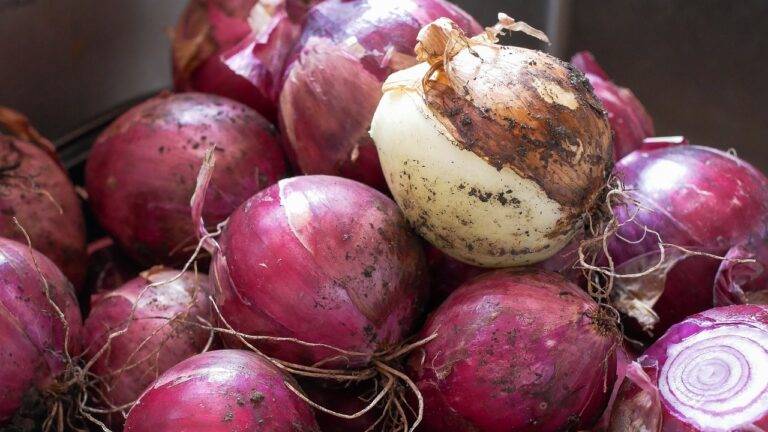Navigating Food Allergies: Tips for Safe Dining
Recognizing potential food allergies is crucial for your health and well-being. Symptoms of food allergies can vary widely from mild discomfort to severe reactions that may be life-threatening. Some common signs of a food allergy include skin rashes, itching, swelling of the mouth or throat, difficulty breathing, nausea, vomiting, diarrhea, and abdominal pain. It’s important to pay close attention to how your body reacts after consuming certain foods and seek medical advice if you suspect you may have a food allergy.
If you suspect that you have a food allergy, keeping a detailed food diary can be a helpful tool in identifying the culprit. By tracking what you eat and any symptoms that arise afterward, you may start to notice patterns that point to specific food triggers. Additionally, consulting with a healthcare professional or allergist for allergy testing can provide you with a clear diagnosis and guidance on managing your allergies. Remember, early detection and avoidance of allergens are key to preventing severe allergic reactions.
Understanding Cross-Contamination Risks
Cross-contamination is a significant concern for individuals with food allergies. Even small traces of an allergen can trigger a severe reaction, making it essential to be vigilant in avoiding cross-contamination risks in the kitchen. This can happen when allergen-containing foods come into contact with surfaces, utensils, or other foods that will then be consumed by the allergic individual.
To minimize the chances of cross-contamination, it is crucial to thoroughly clean all cooking and eating surfaces before preparing or consuming allergen-free meals. This includes washing countertops, cutting boards, utensils, and even hands to prevent any accidental transfer of allergens. Additionally, storing allergen-free foods separately from those containing allergens can help reduce the risk of cross-contamination and keep allergic individuals safe.
What is cross-contamination?
Cross-contamination occurs when harmful bacteria or allergens are transferred from one surface to another, usually through contact with contaminated objects or food.
How does cross-contamination pose a risk to individuals with food allergies?
Cross-contamination can pose a serious risk to individuals with food allergies as even trace amounts of allergens can trigger an allergic reaction.
How can I prevent cross-contamination in my kitchen?
To prevent cross-contamination in your kitchen, be sure to thoroughly clean and sanitize all surfaces, utensils, and equipment that come into contact with allergens. Use separate cutting boards, utensils, and storage containers for allergen-free foods.
What are some common sources of cross-contamination in the kitchen?
Common sources of cross-contamination in the kitchen include shared utensils, cutting boards, countertops, and kitchen appliances. Additionally, improper hand washing can also contribute to cross-contamination.
How can I effectively communicate my food allergies to others to prevent cross-contamination?
It is important to communicate your food allergies clearly and effectively to others, whether you are dining out or cooking with friends and family. Be sure to let others know about your allergies and the importance of preventing cross-contamination to keep you safe.







